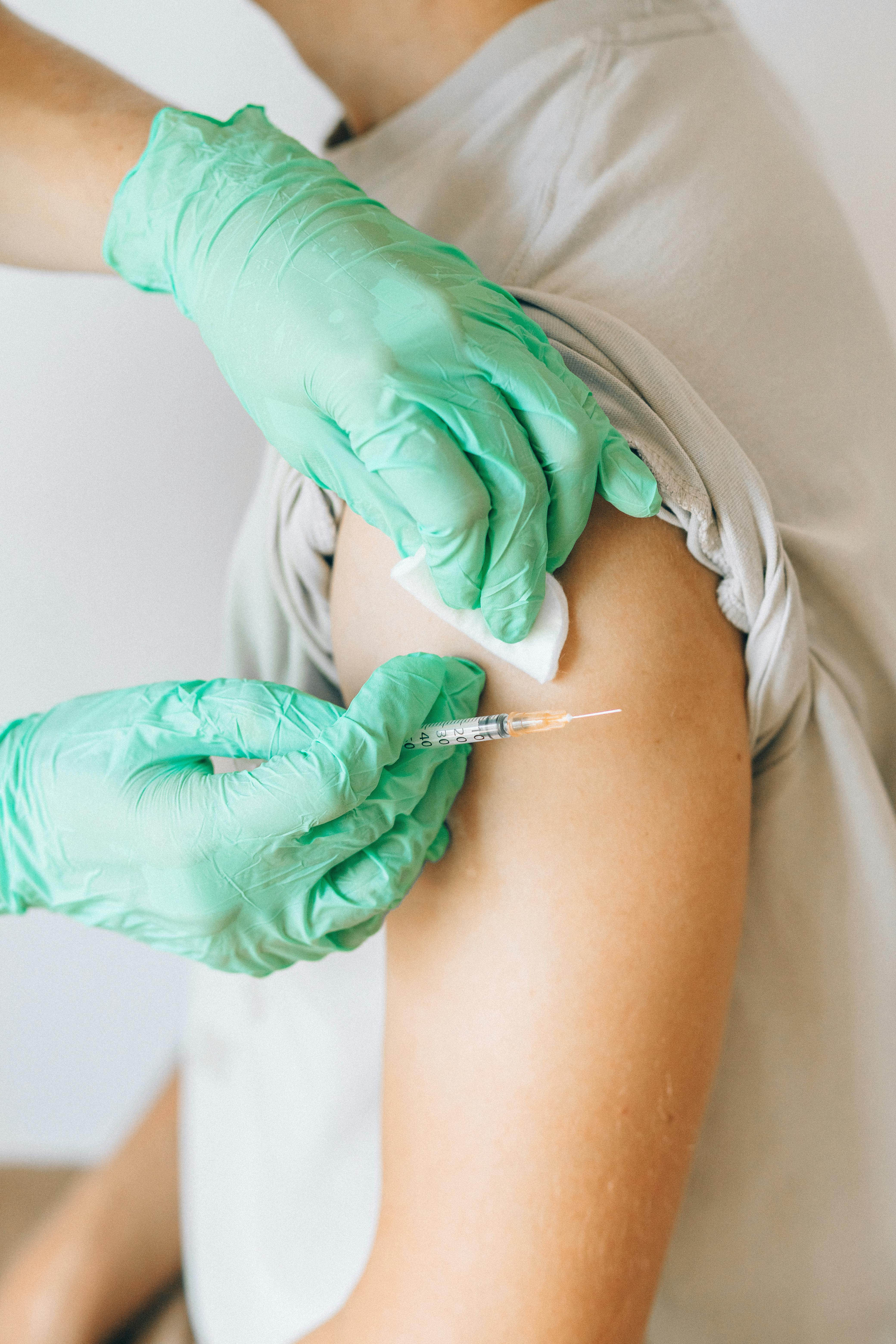Top 12 Anti Inflammatory Teas to Improve your Health
What teas are good for inflammation? What teas are anti-inflammatory? Click here to discover the best anti-inflammatory herbs for tea.

Vaccines are a modern tool that helps us fight a variety of diseases. Since people are vaccinated and protected, there are 2 to 3 million fewer deaths worldwide.
The early protection conferred by most existing vaccines is primarily based on antibody-dependent mechanisms. The duration of protection relies largely on B-cell memory responses, although the persistence of antibody production is often crucial for rapidly invasive infection.
There are several different types of vaccines. Each type is designed to teach our immune system how to fight off certain kinds of germs.
Live, attenuated vaccines fight viruses and bacteria. These vaccines contain a version of the living virus or bacteria that has been weakened so that it does not cause serious disease in people with healthy immune systems and they are good “teachers” for the immune system.
Examples of living, attenuated vaccines include measles, mumps, and rubella vaccine (MMR) and varicella (chickenpox) vaccine.
Whole-virus inactivated vaccines are based on intact virions that have been chemically (formalin or β-propiolactone) or physically (ultraviolet light) inactivated. Examples of whole-virus-inactivated vaccines are Hepatitis A and Rabies vaccine.

Subunit, recombinant, polysaccharide, and conjugate vaccines use specific pieces of the germ — like its protein, sugar, or capsid (a casing around the germ). Some examples of subunit, recombinant vaccines are Hepatitis B and Human Papillomavirus vaccine.
Toxoid vaccines use a toxin (harmful product) made by the germ that causes a disease. They create immunity to the parts of the germ that cause disease instead of the germ itself. That means the immune response is targeted to the toxin instead of the whole germ. Examples of toxoid vaccines are Diphtheria and Tetanus vaccines (Plotkin S).
During the past decade, it has become evident that glycosylation of antibodies can greatly influence adaptive immune responses.
Antibody effector functions, such as antibody-dependent cellular cytotoxicity, complement deposition, and antibody-dependent phagocytosis are important for protective immunity against several pathogens, such as influenza, HIV and Ebola virus (Ackerman ME, Alter G).
Immunoglobulin G (IgG) is the most abundant antibody in human plasma and plays a crucial role in the humoral immune response (de Haan et al). Every IgG antibody is glycosylated at a single asparagine residue within the CH2 domain of the Fc region.
Modifications in the CH2 domain of the IgG Fc domain tune antibody function including alterations of the isotype/subclass and Fc glycosylation. These modifications alter the inflammatory profile and effector functions of the antibody, offering an opportunity to modulate antibody function through vaccination. So, we can establish the role of IgG Fc glycosylation as a key regulator of humoral immune activity (Ackermman ME et al).
While is clear that subclass selection is actively tuned during natural infection, less is known whether antibody glycosylation can be tuned, in a signal-specific or pathogen-specific manner.
Antibody glycosylation also changes in infectious diseases, such as in HIV infection, where an increase in G0 appears early in HIV infection and accrues with disease progression (Mahan AE et al).
Ackerman et al demonstrate that spontaneous control of HIV is associated with a shift in the antibody-glycosylation profile toward galactosylated glycoforms. These glycoforms were associated with enhanced Fc-mediated reduction of viral replication and enhanced Fc receptor binding and were consistent with transcriptional profiling of glycosyltransferases in peripheral B cells.
These data suggest that B cell programs tune antibody glycosylation actively in an antigen-specific manner, resulting in targeted alterations in effector function. Furthermore, it's promising that next-generation therapeutics and vaccines can harness the antiviral activity of the innate immune system via directed alterations in antibody glycosylation. Also, potentially contributes to antiviral control during HIV infection.
The emerging interest in modulating antibody effector activity against pathogens and developing strategies that can modulate antibody effector function in vivo is highly desirable.
A major stumbling block in the design of such vaccines is a lack of technology to determine protein glycosylation sites. A considerable expansion in glycomics capabilities will be required to fully exploit protein glycosylation for the development of new vaccines.
The science of vaccines has seen some interesting progress over the past decade. However, there is still more to be done if we want to harness the true potential of protein glycosylation in the development of new vaccines.

Start or continue your GlycanAge journey
Don’t be afraid to reach out to us and ask questions, provide commentary or suggest topics.
Other articles you may like:
What teas are good for inflammation? What teas are anti-inflammatory? Click here to discover the best anti-inflammatory herbs for tea.
Have you considered exercise routine in managing (peri)menopausal symptoms? Physical activity may improve the quality of life in menopause.